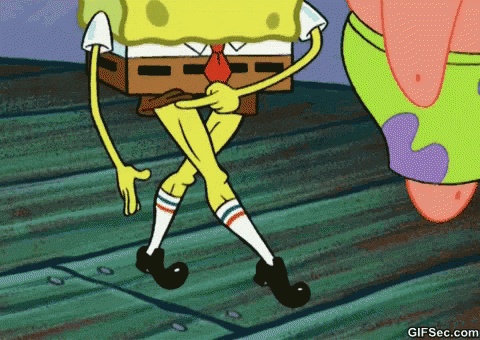4 Football Speed Training Drills
Speed training and speed development are like the holy grail of sports performance. If we think about football-based training and sprint-based training specifically for football, we have to think about specific positions and how to increase speed. We know that when we come off the line, we have to be extremely strong, extremely explosive, have a positive shin angle, and are driving as hard as possible. We utilize our calves, quads, and glutes coming off the line. It is not until we get through the drive phase and break free that we get into an upright posture to run at max velocity.

Football players do not often run at max speed. It is more about training the first couple steps, meaning acceleration, and then training the drive phase. Talking about acceleration, we need to understand the mechanics of sprinting through the drive phase. We also need to understand what muscle groups are used and coordinated to increase max acceleration. And finally, we need to consider what exercises we will use.
So when a sprinter is working through the drive phase, it is more quads and glutes. Now at top-end speed, it is still those muscles, but a bit more hamstrings as well. So when we talk about acceleration, we need to focus on the quads, calves, and glutes along with having proper mechanics.
4. Forward Sled Pull
The reason we focus on a heavy sled pull is that we want athletes to be leaning forward to engage in a strong drive phase. We want athletes to feel how the forward lean leads to extremely plantar flexion in the ankle which leads to hard pushing from the quads and glutes.
We will have athletes do heavy sled pulls once a week and will use lighter sled pulls later in the week. We have athletes do heavy sled pulls for five to six sets of twenty meters. This has athletes work through strength components while having an eccentricless movement. This means less stress and beating up on the body. It also trains athletes how to use sprint mechanics while increasing their strength.

Football players are not sprinters. They need to be strong; they need to have absolute strength. This is why the heavy sled pull is so great. It is a way of tricking the body to optimize sprint mechanics while increasing strength.
3. Hill Sprints
Sprinting on a reasonably steep hill for distances of ten meters to thirty meters forces a few key factors. It forces us to have a positive shin angle, lean forward, and it will increase our dynamic trunk control. The drive length is lengthened because the knee needs to be raised higher on the hill while engaging with the hip lock position. The hill will train the initial couple steps as well as having us train through acceleration.
In addition, different things can be done on the hill. Backpedal into a sprint, shuffle into a sprint, and other variations relative to specific positions. For instance, an offensive lineman may only need to sprints for fifteen yards, just focusing on the box. A linebacker may do a side shuffle into a sprint. A running back may do various cuts while running up the hill. Get creative!
Yes, straight-on linear sprints will drastically improve speed, especially the acceleration rate. Understand the angles and positions and utilize different exercises while doing hill work.
2. Single-Leg Squat
This is more of a strength-related movement. So when we talk about the max rate of acceleration, we are talking about glutes and quads. That is where the single-leg squat comes into play.
If we put the long leg forward, we can hammer the posterior chain with the glutes and hamstrings. If we bring the front foot in a little bit more we can target tracking the knee over the toes and target the quads a little bit more. The single-leg squat can be utilized to target different goals based on where the foot is placed.

Utilize single-leg squats. Move the foot forward to target the glutes and hamstrings more or bring the foot in to target the glutes and quads more. Do all this with a barbell on the back to target dynamic trunk control. Perform this movement for five to six sets of three to four reps on each leg.
1. Drop Cossack Squat
We love to use this exercise to develop lateral speed. The drop cossack squat is a fairly advanced lateral movement. It will help athletes to get out of cuts quickly. The traditional cossack squat can be used to start. Over time it will improve hip mobility and lateral strength. As the body gets stronger and more coordinated put in the drop cossack squat while holding a dumbbell or kettlebell.
When focusing on dropping to the side, dynamic trunk control needs to be on point to enhance force absorption. Enhanced force absorption allows us to utilize the energy more effectively to get out of the cut and drive up into a hip lock position.
Perform five to six sets of three to four reps on each leg, but think about how the movement transfers over to the game. We can’t do things blindfolded. We need to visualize how they work on the field.

Recap
Getting really strong on the single-leg squat, explosive at the drop cossack squat, and are routinely performing hill sprints while adding in heavy sled pulls all of a sudden everything comes together and the body is feeling strong. We begin to notice we can cut faster, have a greater rate of acceleration, more dynamic trunk control, more stability from the unilateral work, and positional speed that transfers incredibly well to the field.

DANE MILLER
Dane Miller is the owner and founder of Garage Strength Sports Performance. He works with a select handful of clients on building comprehensive programs for fitness and nutrition. Several times a year he leads a workshop for coaches, trainers, and fitness enthusiasts.

